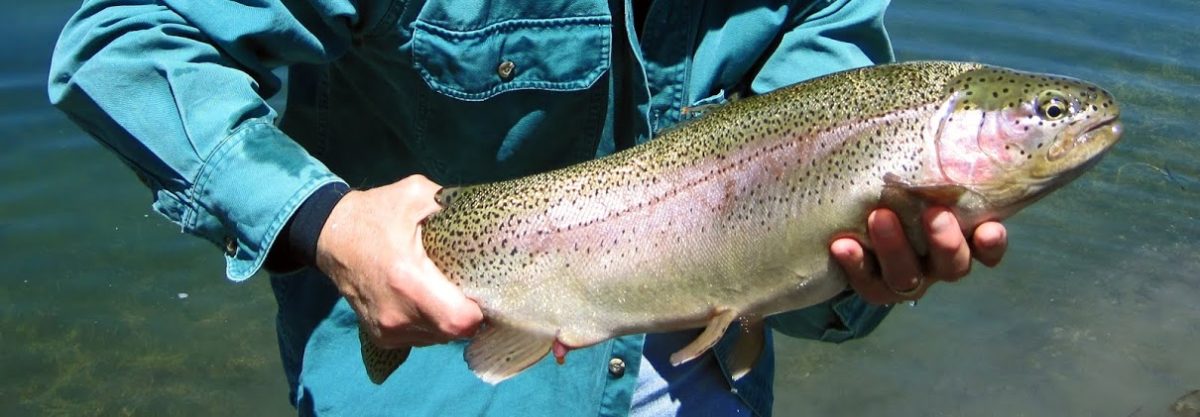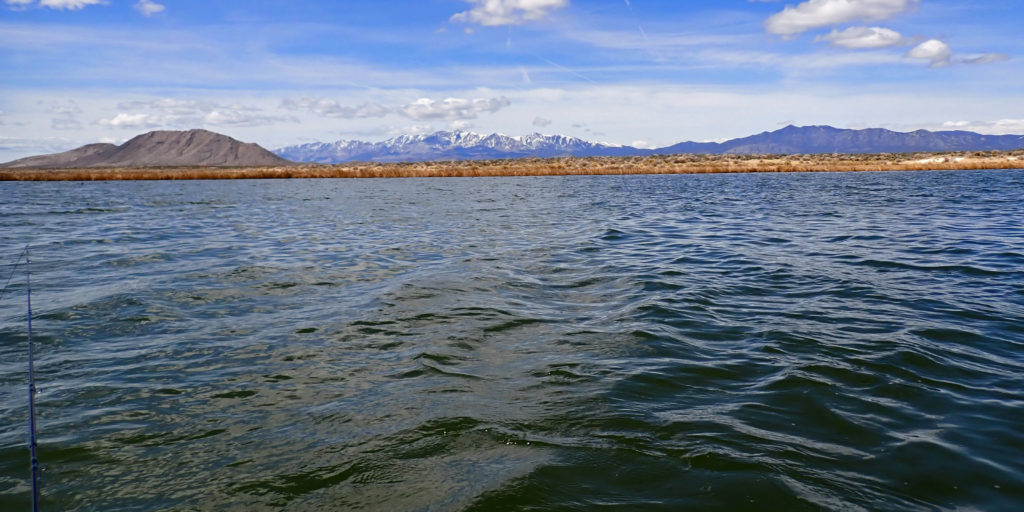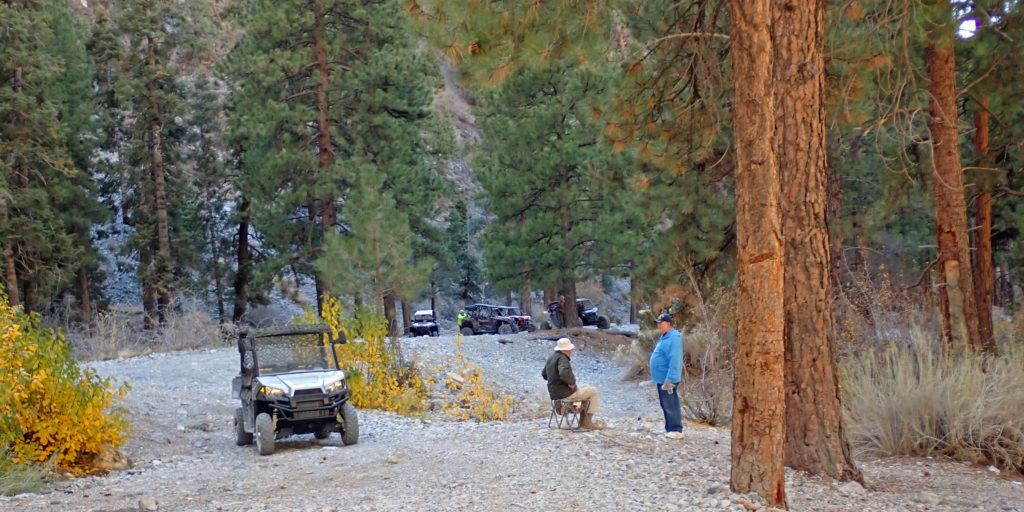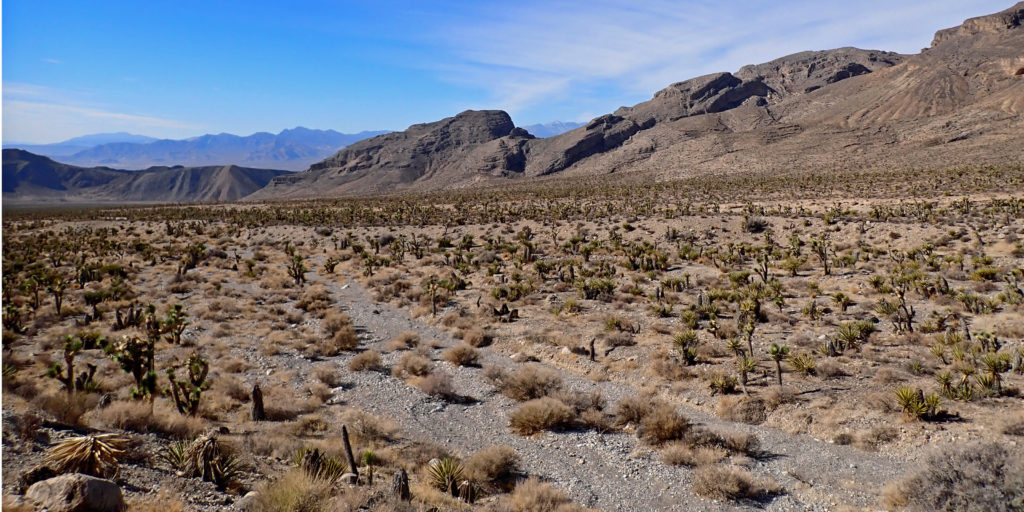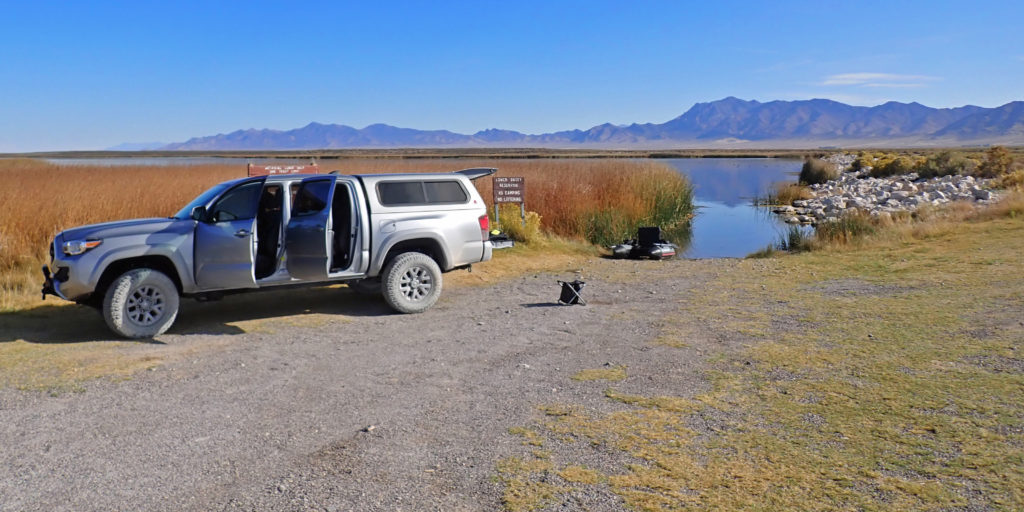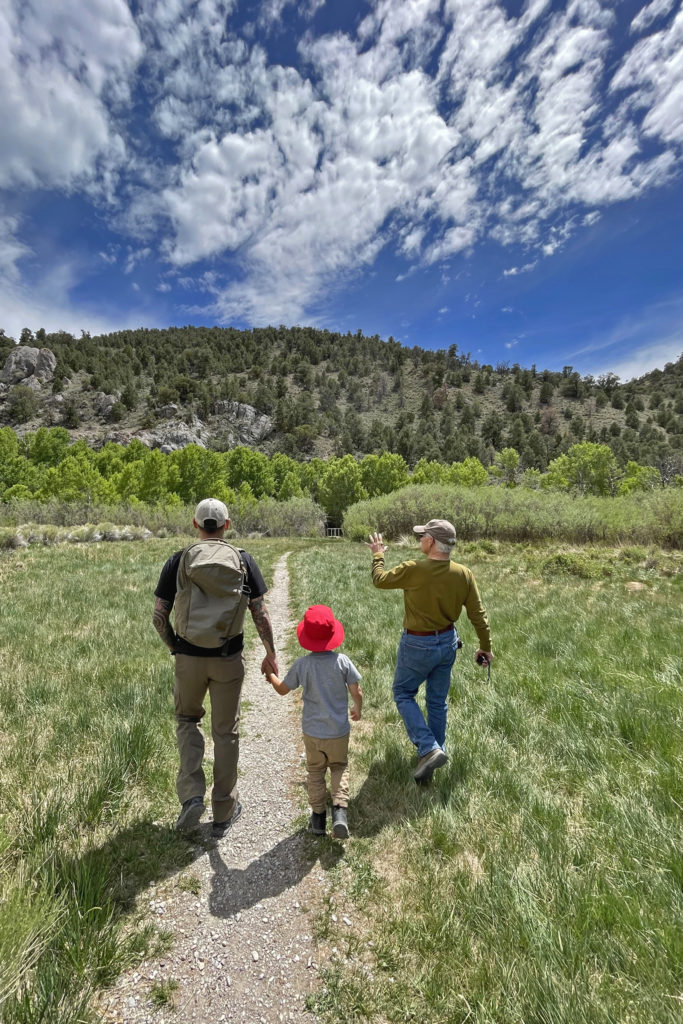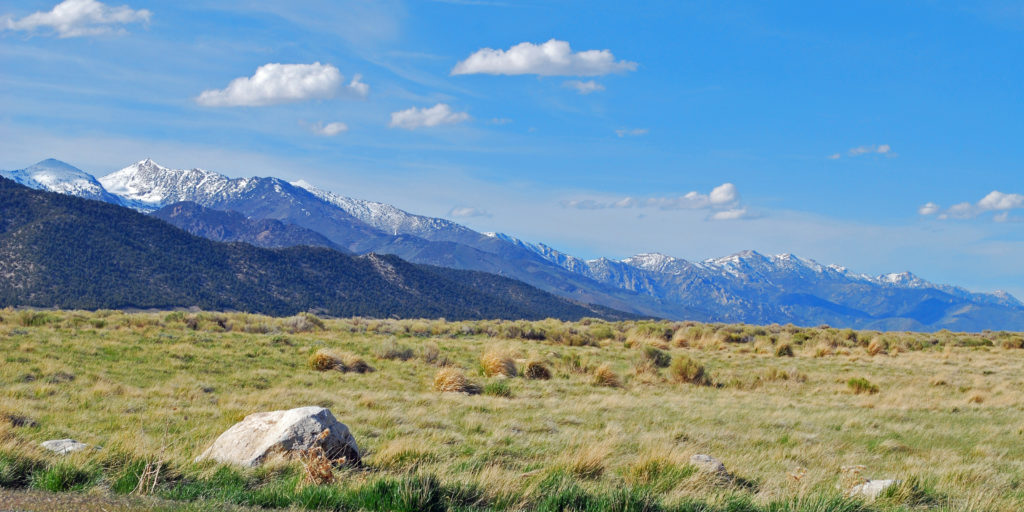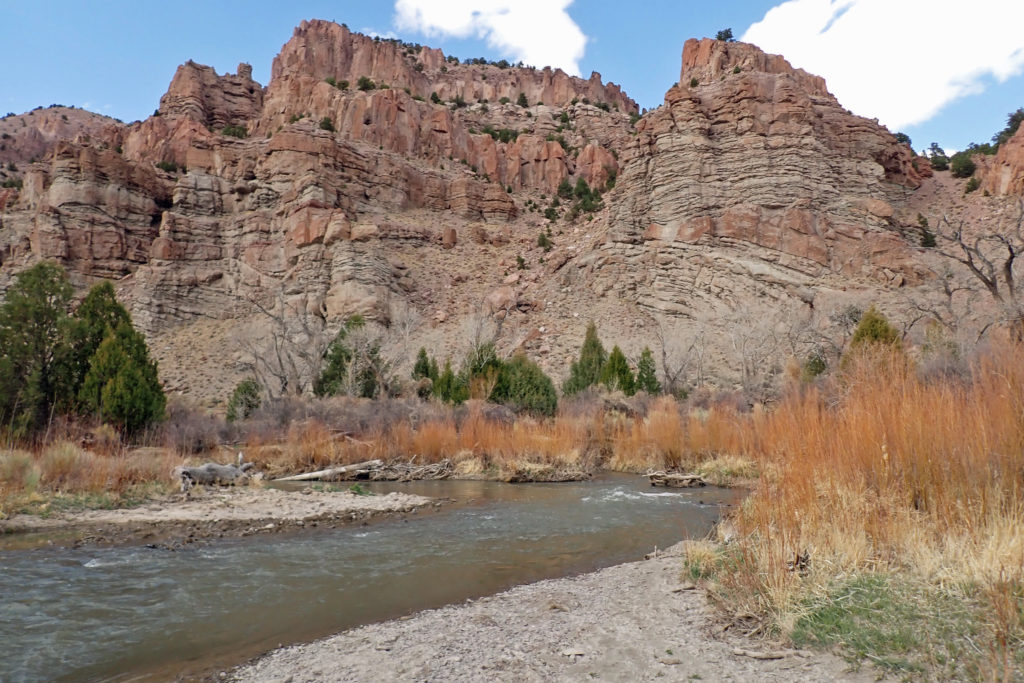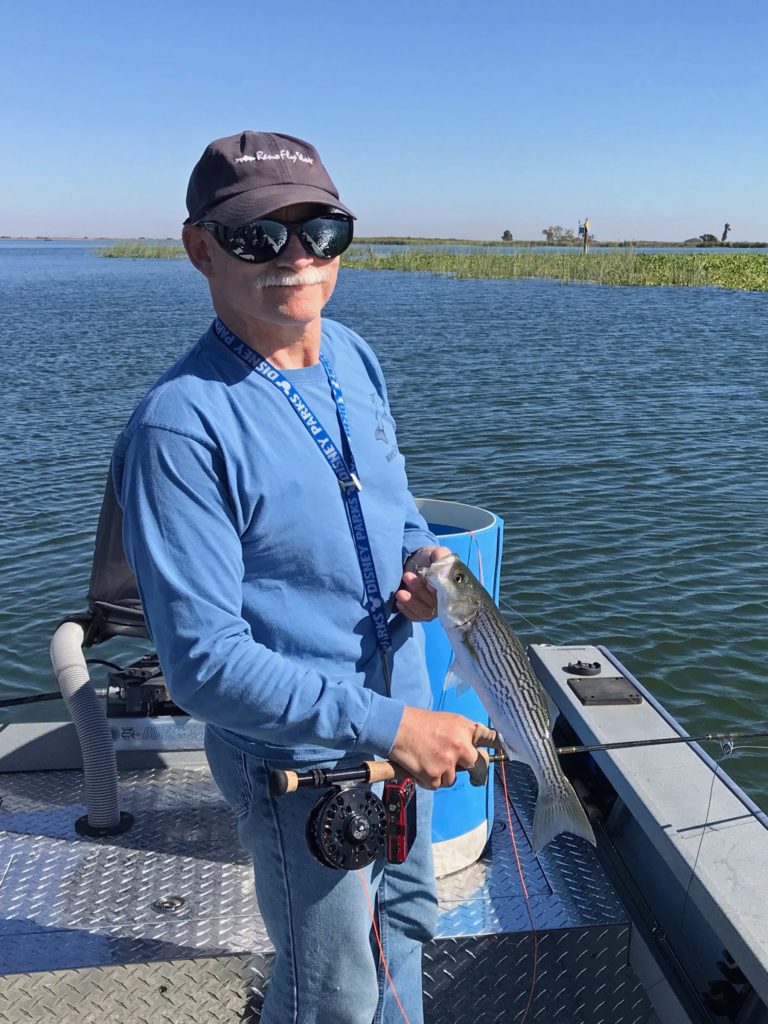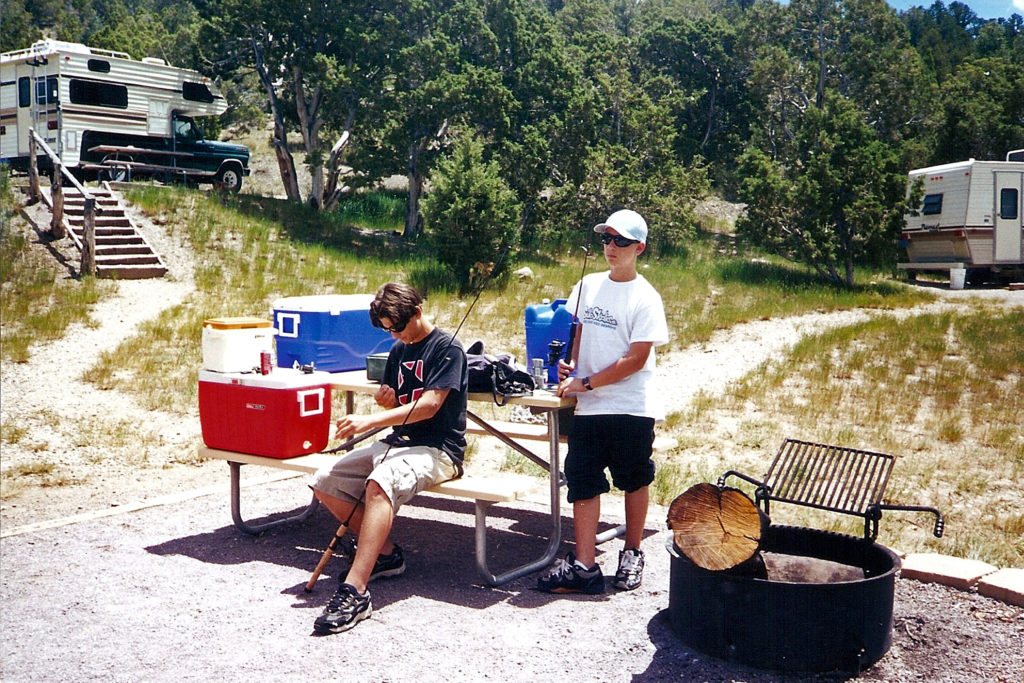
Some of you know that a medical recovery period can cause you to reflect on your life events. If you were disabled by an accident or medical event, long periods of inactivity bring forward memories of past family events. The good ones can bring a smile to your face, warm your heart, or make you laugh aloud. The bad ones can bring a tear to your eye and make you wish you had handled it better. If you have cherished hobbies, like fly angling, you conjure up your past adventures and wonder how future ones will be achieved. Pondering your ability to fully participate in future events usually fosters self-pity.
Continue reading “Exploring New Angling Opportunities”